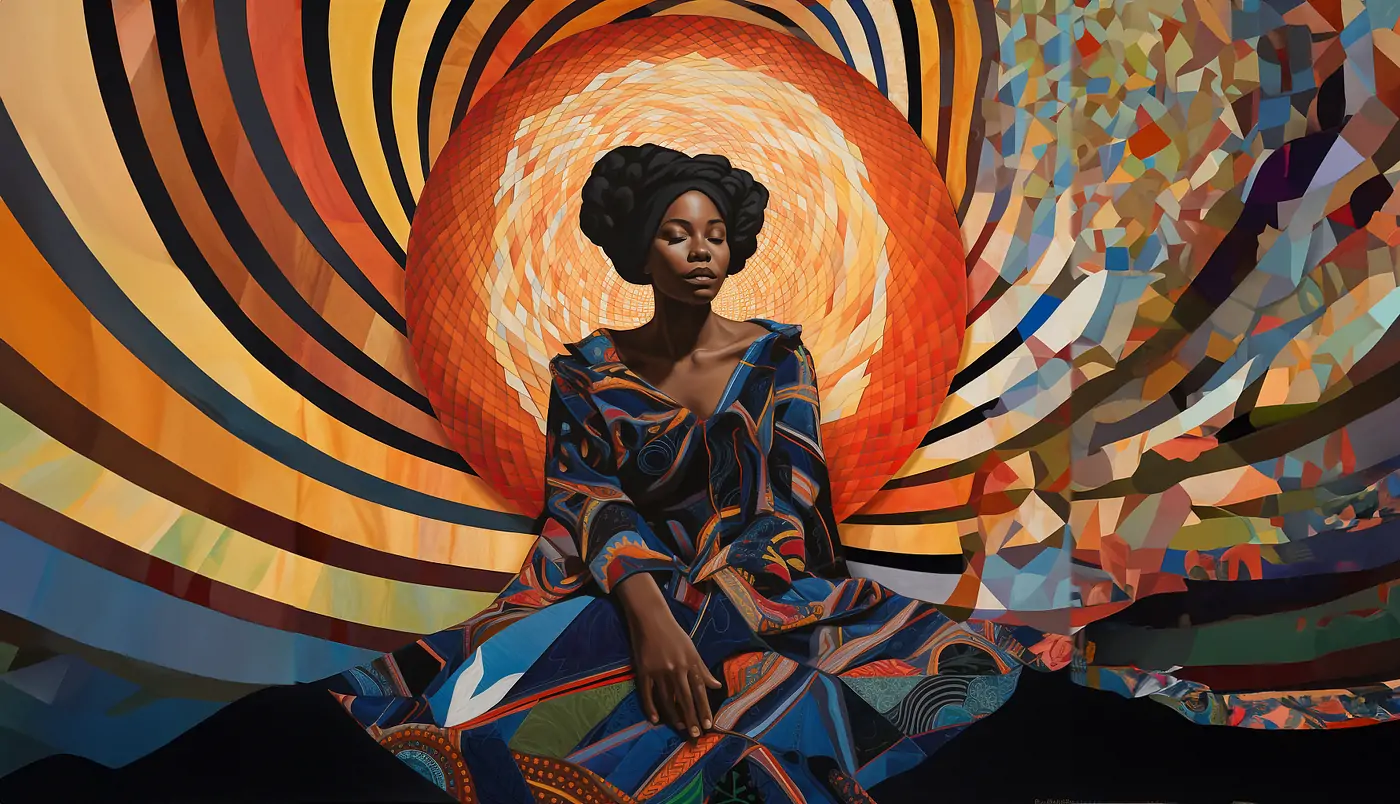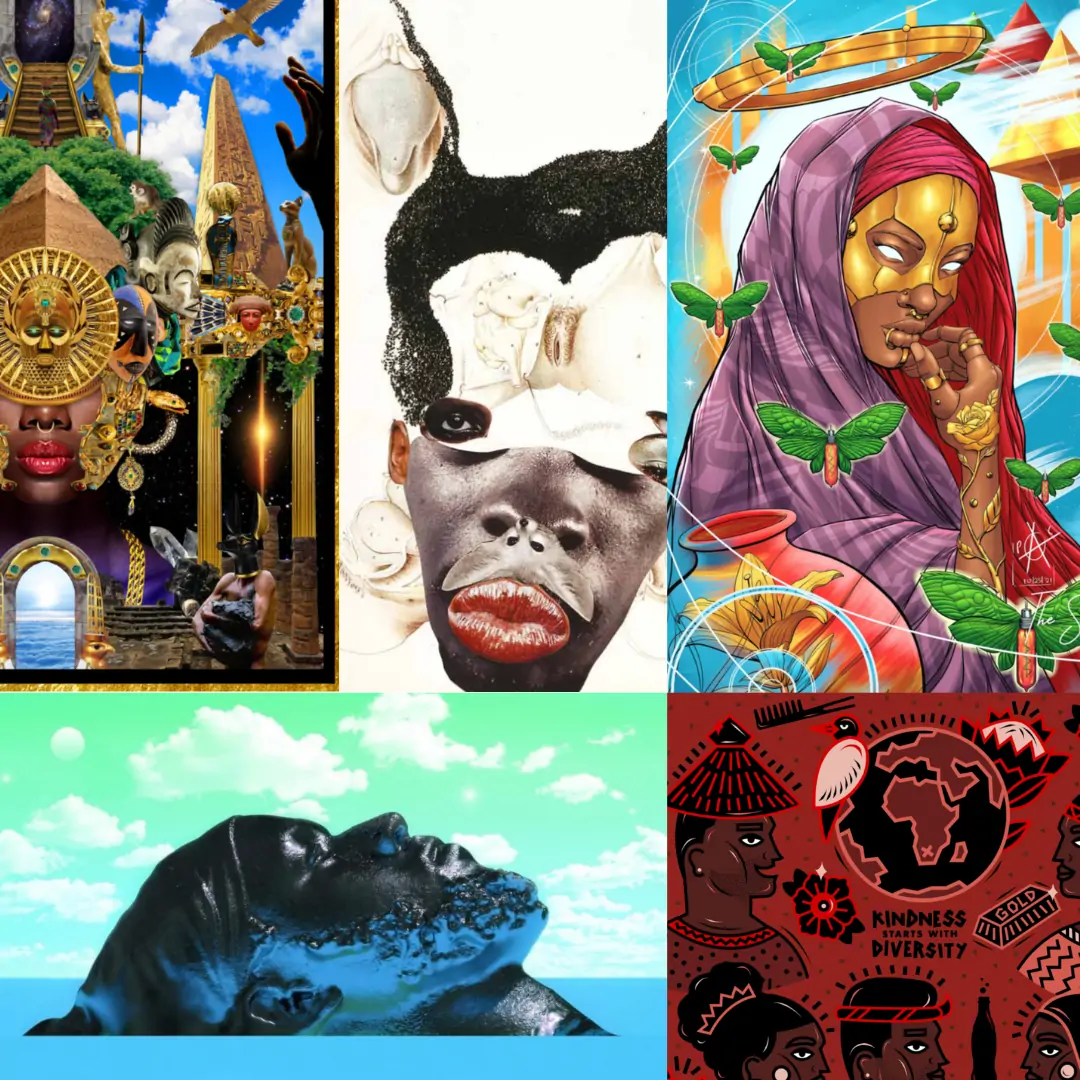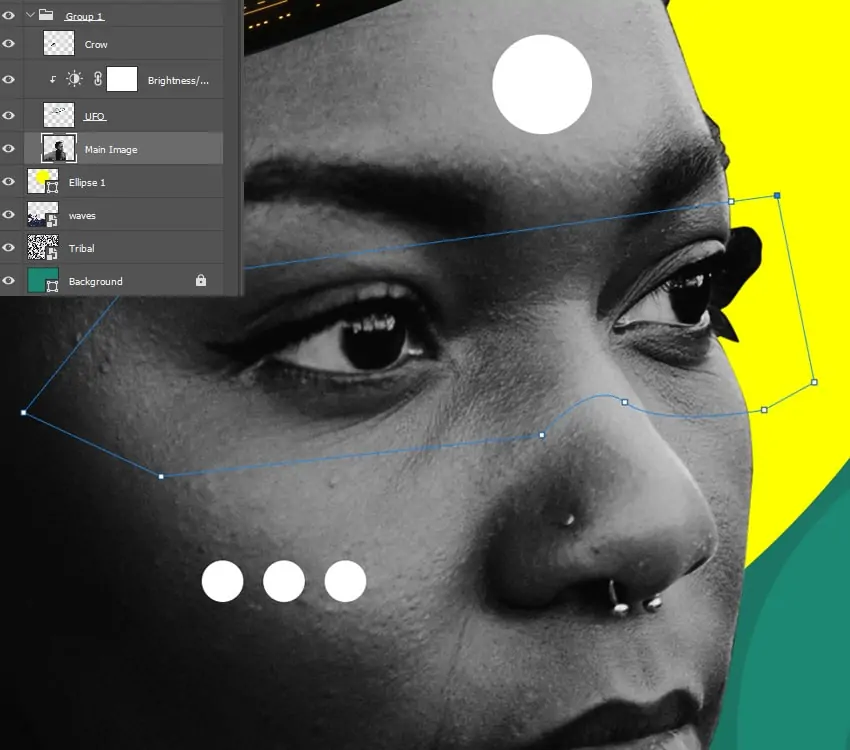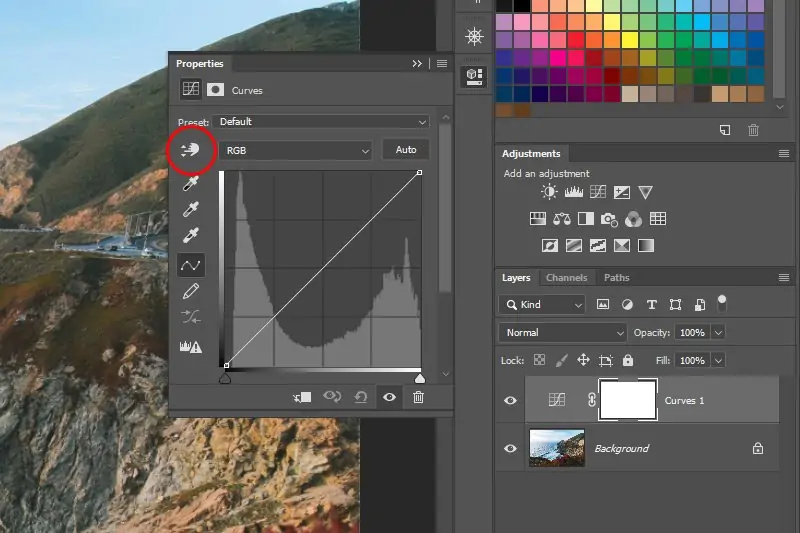
How To Add An Afrofuturism Effect to an Image
The cultural aesthetic and reasoning behind the concept of Afrofuturism scrutinize the crossing point of African diaspora culture, innovation, and speculative fiction. It envisions alternative realities and prospects where black individuals play central parts, frequently jumbling components of science fiction, fantasy, and chronicled fiction with African and African-American culture. The phenomenon of Afrofuturism honors black personalities, challenges chronicled narratives, and anticipates a promising future where black individuals flourish and shape their fortune. It includes different genres of art, including writing, music, visual expressions, and film, and has an expanding and pronounced presence in modern cultural chatter. When discussing visual expression, the Afrofuturism philosophy prevails in the form of artistic effects to create and enhance images that declare Black supremacy and power within the diverse human races. To add Afrofuturism components, this blog will present a step-by-step procedure that will guide the readers about adding these aesthetics to images using any digital software like Adobe Photoshop, Adobe Illustrator, GIMP, or Procreate.
Step 1: Plan For The Base Image And Afrofuturism Ideas
Select a photo that serves as a solid base for your Afrofuturist vision. Consider photos with clear subjects, energetic compositions, and space for extra components.
Consider Afrofuturist subjects and ideas you would like to explore. These might include envisioning futuristic innovation, mystical landscapes, or fusing conventional and futuristic components.
Search for inspiration from Afrofuturist art, literature, music, and cultural signs. Investigate how these subjects can be interpreted in your chosen image.
Be clear about the story or message you need to communicate through your Afrofuturist interpretation. Whether it’s empowerment, cultural character, or speculative narrating, guarantee your chosen concept complies with your artistic vision.
Imagine how Afrofuturist components will conform to the existing photo. Consider the temperament, environment, and overall effect you aim to attain with your last composition.
You’re prepared to continue to the next step after picking your base photo and clarifying your Afrofuturist concept.
Step 2: Duplicate The Chosen Image For Non-Destructive Workflow
Bring your chosen photo in Adobe Photoshop or your choice of image editing program.
Before making any changes, make a new layer to work on so that your initial photo remains intact, permitting non-destructive editing.
Move to the Layers panel and tap the “New Layer” symbol at the bottom. you can alos utilize the keyboard shortcut Shift + Ctrl + N (for Windows) or Shift + Command + N ( for Mac).
Title your new layer distinctly to keep track of your alters. For instance, you may title it “Afrofuturist Components” or something comparative.
Acclimate the blending mode and opacity of the new layer to suit your editing needs. Play with different blending modes, such as Overlay, Screen, or Multiply, to attain the required impact.
Think about altering the layer’s opacity to control the magnitude of the Afrofuturist components according to the initial photo.
Step 3: Start Including Afrofuturism Components In The Duplicated Image
Explore standard editing tools like brushes, shapes, or text to join Afrofuturist components into your image.
Try creating futuristic buildings, spacecraft, or unique geometric designs that orient with your Afrofuturist concept.
You can consolidate cultural images, themes, or symbolism inspired by African and African diaspora societies to add profundity and genuineness to your composition.
Utilizing layers to organize and control each component freely improves control and adaptability in your design process.
Address subtle elements, including scale, perspective, and lighting, to ensure that Afrofuturist components consistently blend with the initial photo.
Be inventive and bold, exploring distinctive techniques and styles to bring your Afrofuturist vision to life.
Check that consistency in visual fashion and story coherence are maintained throughout your composition so that each component contributes cohesively to the general aesthetic.
As you include Afrofuturist elements, intermittently step back and evaluate the composition, adjusting to attain your liked imaginative expression.
Step 4: Carefully Blend To Harmonize Components With Underlying Image
Test with blending modes to consistently coordinate Afrofuturist components with the initial photo. Standard blending modes are Overlay, Screen, Increase, and Soft Light.
Alter the opacity of each layer containing Afrofuturist components to control their transparency and association with the primary image.
Utilize layer masks to specifically reveal or cover up portions of Afrofuturist components, permitting exact alterations and consistent blending.
Set colors, contrast, and lighting utilizing adjustment layers such as Curves, Levels, Hue/Saturation, and Color Balance to attain a cohesive appearance.
Look into shadows and highlights to ensure that Afrofuturist components show up realistic inside the setting of the initial photo.
Test with layer effects and channels to include depth, surface, and visual lure to your composition.
Continuously evaluate your composition’s general adjustment and agreement, making adjustments to preserve a harmonious style.
Aspire to consistently integrate Afrofuturist components that upgrade the photo’s account and visual effect while considering its unique setting.
Step 5: Look Into Compositional Strategies For Enhanced Visual Interest
Assess the composition of your picture, ensuring that Afrofuturist components improve instead of detract from the general visual impact.
Give attention to the situation and arrangement of Afrofuturist components inside the frame, seeking a proportional and concordant composition.
Try remarkable compositions, such as the rule of thirds, leading lines, and symmetry, to form visual interest and direct the viewer’s eye.
Keep a clear focal point within the photograph, ensuring that Afrofuturist components complement instead of overpowering the subject.
Set the scale and proportion of Afrofuturist components in connection to the rest of the composition, altering them as fundamental to attaining a cohesive view.
Explore inventive framing methods to bring focus to key components or pass on a sense of profundity and dimensionality.
Ceaselessly reassess the composition as you make changes, endeavoring for an energetic and engaging last result.
Bring out feeling and interest through your composition, welcoming watchers to explore the Afrofuturist story woven into the photo.
Step 6: Introduce Creative Filters And Effects To Your Composition
Improve the futuristic environment of your piece by applying uncommon effects that inspire a sense of wonder and wonderment.
Test with lens flares, light leaks, and glows to make ethereal and supernatural lighting effects that include deepness and dramatization to your picture.
Consider including atmospheric objects like clouds, fog, or particles to communicate a sense of development and dynamism inside the scene.
Explore texture overlays and digital brushes to include material qualities and visual interest in Afrofuturist components, making the substance of tangibility and immersion.
Consolidate color grading strategies to elevate the disposition and tone of your composition, utilizing dynamic tints or subtle tonal shifts to inspire particular feelings.
Utilize motion blur or distortion effects to recommend development and energy inside the scene, including a sense of urgency or fervor to your Afrofuturist narrative.
Play with futuristic typography or symbolic imagery to communicate extra layers of meaning and imagery inside your composition.
Ceaselessly survey and adjust your special effects to confirm they upgrade instead of diverting from the widespread visual effect of your Afrofuturist composition.
Step 7: Perform The Final Analysis And Modifications
Audit your composition, paying consideration to points of interest and general cohesion.
Assess each component inside the photo, checking that they contribute to the Afrofuturist story you aim to communicate.
Make iterative alterations to color balance, contrast, and saturation to attain the specified visual effect.
Consider input from peers or collaborators, consolidating constructive criticism to upgrade the quality of your composition.
Take breaks to preserve a new point of view, returning to your composition with reestablished clarity and focus.
Play with elective approaches or procedures to address any regions of concern or uncertainty within your composition.
Ceaselessly refine your composition until you accomplish a harmonious symmetry between Afrofuturist components and the initial photo.
Strive for a cohesive story and visual style that resounds with viewers and successfully communicates your Afrofuturist vision.
After you are happy with the refinement process, continue to conclude your composition and get it ready for exposition or sharing.
Conclusion
In conclusion, Afrofuturism’s cultural magnificence can introduce different settings to photographs, including science fiction, history, and fantasy. The recast climate of those shots welcomingly invites the viewers to explore the African Americans’ experiences and how they aspire to connect members of the black diaspora to their ancestors. This image transformation arrangement acknowledges the universal nature of art, which honors every individual and culture irrespective of race or caste. After ingraining Afrofuturism segments, the resultant images demonstrate a remarkable way of seeing the world or as a creative process that connects technology, mysticism, emancipation, and imagination.









